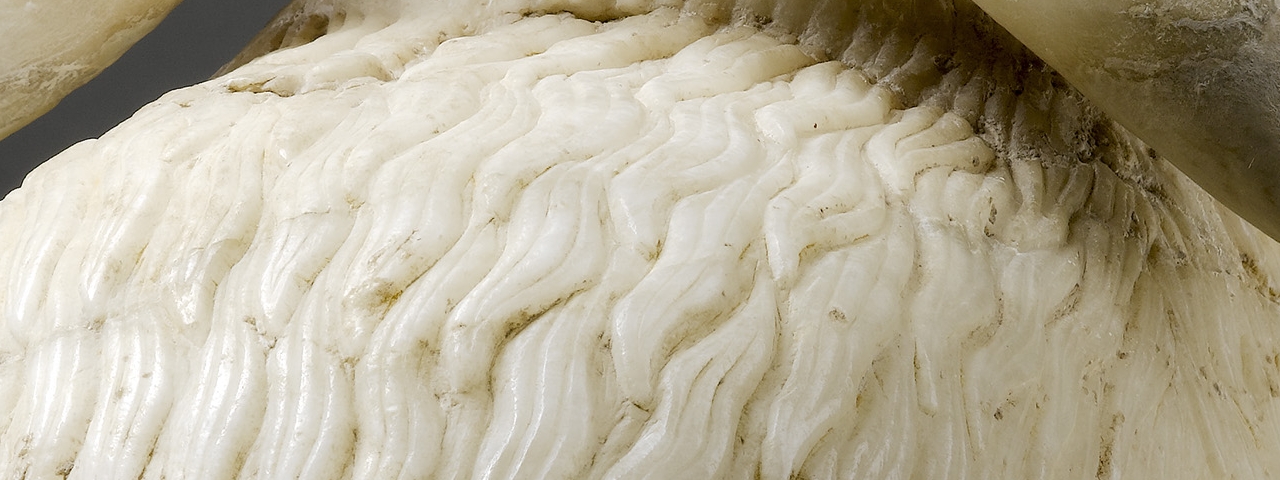From Nabucco in Verdi’s opera to Gilgamesh in the Final Fantasy videogames, from Pazuzu in the film The Exorcist to Boney M. singing Babylon… Modern day culture often refers to Mesopotamia, and yet Mesopotamian civilization remains among the least understood.
Mainly corresponding to today’s Iraq, Mesopotamia is considered the birthplace of the modern economy and of writing, which brought with it the start of History. It is also the land of the first cities and the oldest known political and administrative systems. Although our lifestyle and our beliefs today may seem a world apart from those of ancient Mesopotamia, they are nevertheless the heirs to these fundamental “inventions”.
Visitors to the Louvre-Lens can now explore this world, so close to and yet so far from our own, through over 400 items, including many masterpieces and exhibits on display for the first time. The thematic trail covers over 3000 years of Mesopotamian history, from the end of the 4th millennium to the 4th century BC.
The exhibition reminds us of the fundamental importance of this world heritage, partially revealed through the Bible and by the ancient authors. Rediscovered from the 19th century thanks to archaeological digs, it is now threatened by the tragic situation in the Middle East. Sites such as Nimrud, Hatra, Nineveh or Khorsabad are now the targets of destruction and antiquity trafficking. In 2015, French President François Hollande had entrusted Jean-Luc Martinez, President of the Louvre, with a mission to protect cultural heritage in war zones. It is within this mission that the Louvre-Lens museum presents this major exhibition on Mesopotamia.








